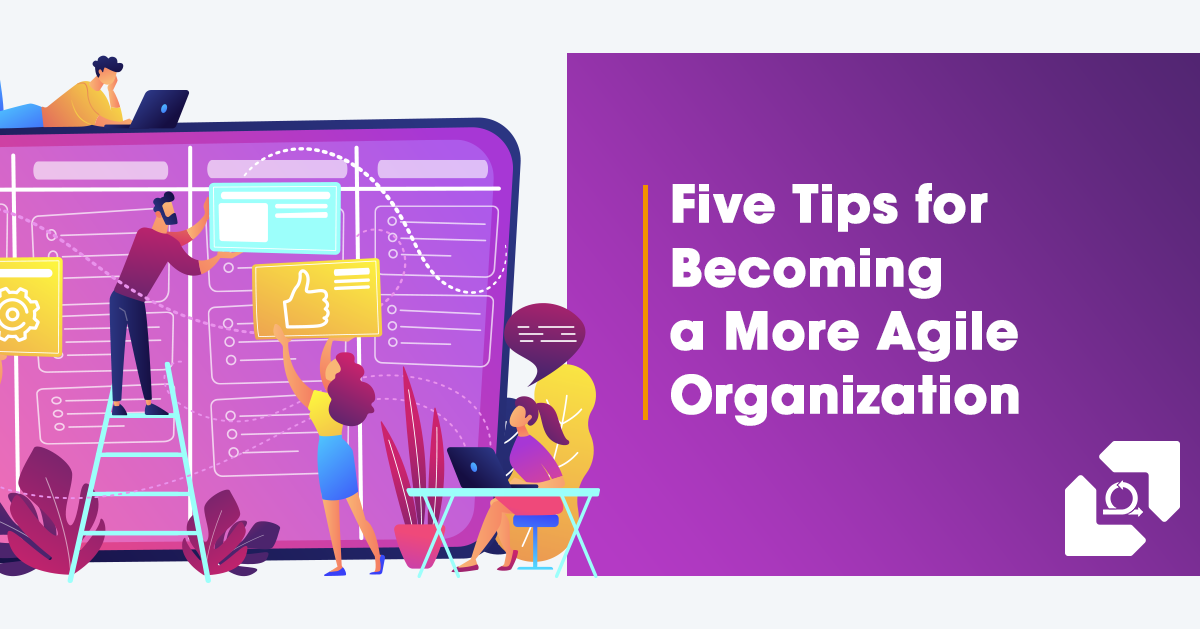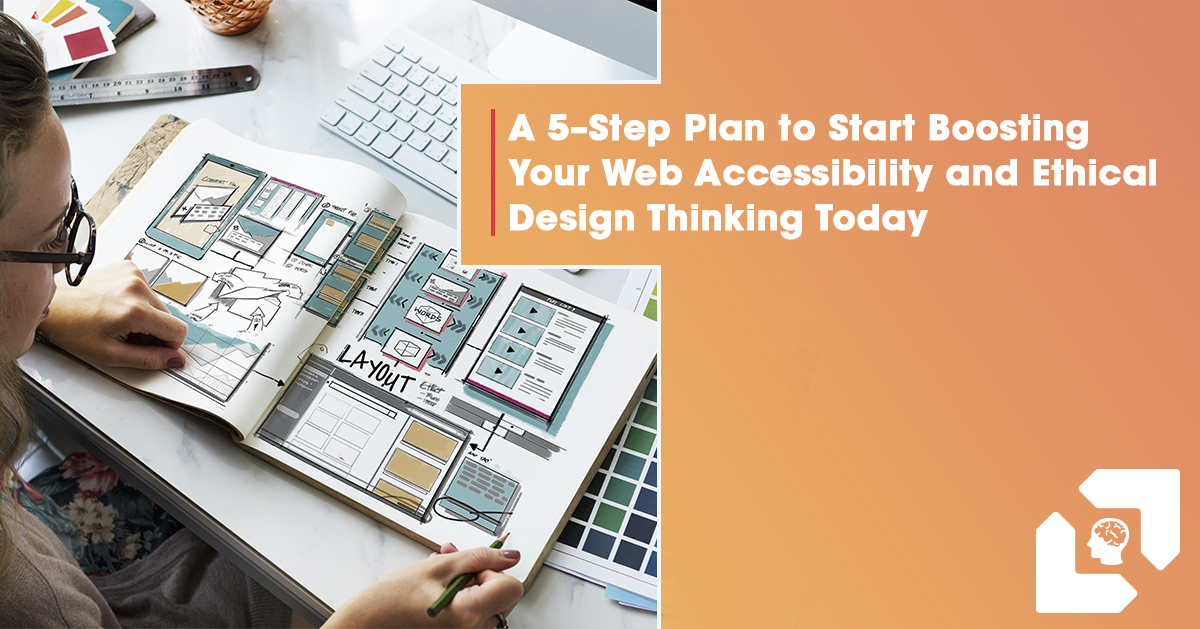There’s no doubt that the recent global pandemic has forced companies to think in a more agile way. Most had to react fast to ensure business continuity and make the right decisions to ensure the survival of their organization. Moving beyond the pandemic, the need for corporate agility isn’t going to be any less important.
The ability for companies to pivot their operations and workforce over the last few months has been pretty extraordinary. Organizations had to move at lightning speed and make decisions on the fly with little understanding of the long-term effects of these changes. This type of agility was seen in both the public and private sectors alike, as no one was immune to the environmental changes that have wreaked havoc across the globe.
This was corporate agility at its finest. Unfortunately, we’re seeing a number of organizations falling back into their old patterns, not realizing that this agile mindset is not only needed to meet the requirements of the current business landscape but also as we safely move through the different stages to relaunch our economy.
Corporate agility isn’t a new concept; it’s the ability for an organization to adapt and change quickly to an ever-changing environment. Businesses are required to be responsive to customer needs and market shifts by adapting their products, services and operations quickly and organically to these changes.
Traditionally, the idea of agility has been synonymous with start-up and tech sectors, where new products are rapidly developed and adjusted in an almost real-time based on the data collected. An agile mindset for any sized organization is possible, and from my perspective, necessary to compete in today’s economy – especially now. However, it requires a culture shift that can be difficult for executives to understand and appreciate. That doesn’t mean it’s impossible. Quite the opposite. I’d like to stand behind Appnovation’s tagline, #InspiringPossibility, and share a few tips from my playbook that I openly share with our clients who are looking to increase their corporate agility:
Think smaller
When organizations are looking to make changes to their operation, products or services, most think big. They focus on projects that will have large impacts and generally long timelines rather than thinking about smaller evolutions that can happen rapidly and with regularity. Focusing on smaller incremental changes will also allow you to put more eggs in more baskets, ultimately giving you a greater opportunity for seeing gradual success rather than hoping that one large project will give you the results you’re hoping to see.
Release control to others
As a business leader, your responsibilities are endless. Because of this, it can be hard to relinquish control to your teams and hope they make the right decisions. Unfortunately, this type of hierarchy holds back creativity and agility as it creates multiple hoops for teams to jump through. They’re then focused on what they think you’ll approve versus what they think is right for the business. Reducing the need for hierarchy and putting the trust in your teams will eliminate the bottleneck that holds back agility.
Break down organizational silos
This is a recurring theme in everything I write. Organizational silos hold back innovation and will prevent your organization from seeing true agility. The best teams I work with are well integrated and multi-disciplinary. Different needs and views are brought into the collective mindset, and everyone has the opportunity to affect the business as a whole. The more you involve people with varied responsibilities and mindsets into a project, the greater the opportunity for that project to have a positive impact within your organization.
Create a feedback loop and listen
Positive organizational evolution stems from understanding your company environment. Creating an ecosystem to receive and analyze feedback is crucial to understanding what is – and isn’t – working along with how the changes you’re making are impacting your staff and your customers. For every organizational change you make, it’s essential to keep your finger on the pulse to also understand the cause and effect. If you’re making a positive impact, you’ll know to continue down that path. On the flip side, if it’s a negative impact, you’ll be able to course-correct quickly.
Failure is learning
Fear of failure is another recurring theme I see within organizations. Driving this fear of failure derives from a high level of expectation that is placed on large organizations with long-term projects. Understandably so. The need for success is paramount and failure can be devastating both financially and from a perspective of morale, especially when you’re heavily invested with human resources. With that said, companies that focus on smaller projects, with lower expectations based on their scale, can use failure as a positive. This approach enables more flexibility to identify key learnings and move on to the next opportunity quicker. Failure becomes less relevant when looking at evolution rather than a revolution.
Corporate agility is becoming a more crucial organizational practice in today's environment. The recent pandemic has forced companies to react quickly to ensure their survival. Unfortunately, many companies have and continue to revert to their standard practices and are losing the agility that got them through the most recent crises. Comfort can be a dangerous mindset. As leaders, it’s important that we pave the way and celebrate failure as new learnings if we want our business – and teams – to evolve with the sign of the times. Instilling an agile mindset into your company culture can seem like a massive cultural shift.
Devising a plan, breaking down silos, embracing failure and incorporating change management best practices will pave the way for evolution, thus making it easier and more sustainable. As you embark on your journey to evolve your business, I challenge you to try some of these tips, even on a small scale, to see the impact and value it brings.


